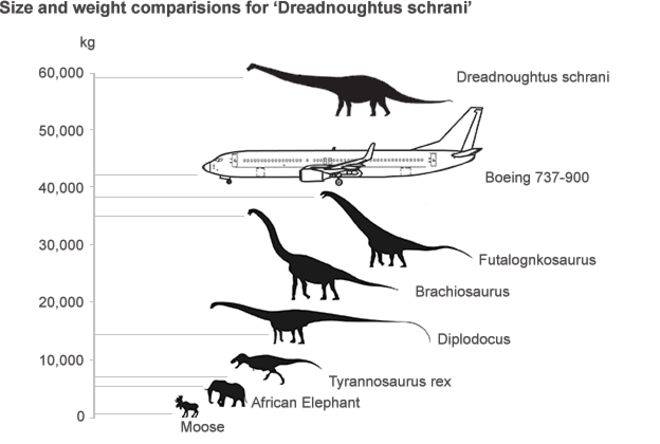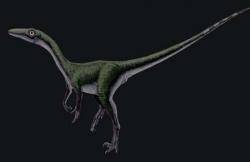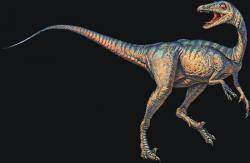Vastator
Platinum Member
- Oct 14, 2014
- 22,998
- 10,629
- 950
Imagine the secrets that lay buried under her ice...Penguins evolved from birds that gave up flight and returned to the sea.
Thus being birds they are relics of dinosaurs.
They are endangered and may go extinct like the dodo did.
Antarctica is melting away.














 thank...
thank...


